The white dwarf’s brightness plunges in a mere 30 minutes—faster than any observed before.


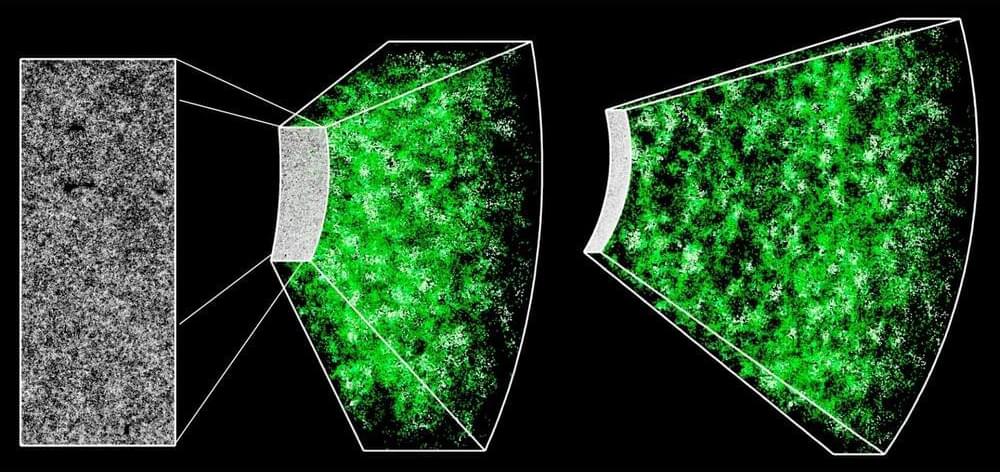
A new study in published in Physical Review Letters analyzes the most complete set of galaxy clustering data to test the ΛCDM model, revealing discrepancies in the formation of cosmic structures in the universe, hinting at a new physics.
The ΛCDM model is the standard model of cosmology describing the universe’s evolution, expansion, and structure. It encompasses cold dark matter (CDM), normal matter and radiation, and the cosmological constant (Λ), which accounts for dark energy.
The model has been successful in explaining several cosmological observations, including the large-scale structure of the universe, the accelerating expansion of the universe, and the cosmic microwave background (CMB) radiation, which is the afterglow of the Big Bang.
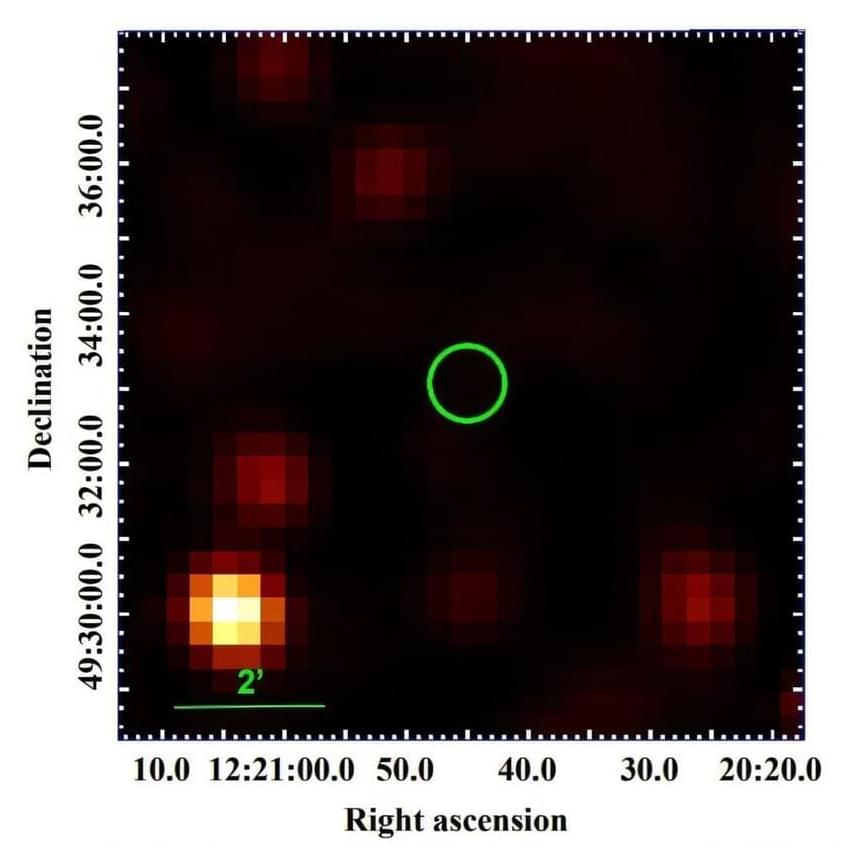
A group of astronomers from numerous institutions have investigated a recently discovered nearby tidal disruption event known as ASASSN-22ci. They detected two luminous flares from this event. The finding was reported in a paper published Dec. 19 on the preprint server arXiv.
Tidal disruption events (TDEs) are astronomical phenomena that occur when a star passes close enough to a supermassive black hole and is pulled apart by the black hole’s tidal forces, causing the process of disruption.
Such tidally disrupted stellar debris starts raining down on the black hole and radiation emerges from the innermost region of accreting debris, which is an indicator of the presence of a TDE. All in all, the debris stream–stream collision causes an energy dissipation, which may lead to the formation of an accretion disk.
For the first time, a framework shows Einstein’s relativity aligns with quantum physics.
Scientists have finally figured out a way to connect the dots between the macroscopic and the microscopic worlds. Their magical equation might provide us answers to questions like why black holes don’t collapse and how quantum gravity works.
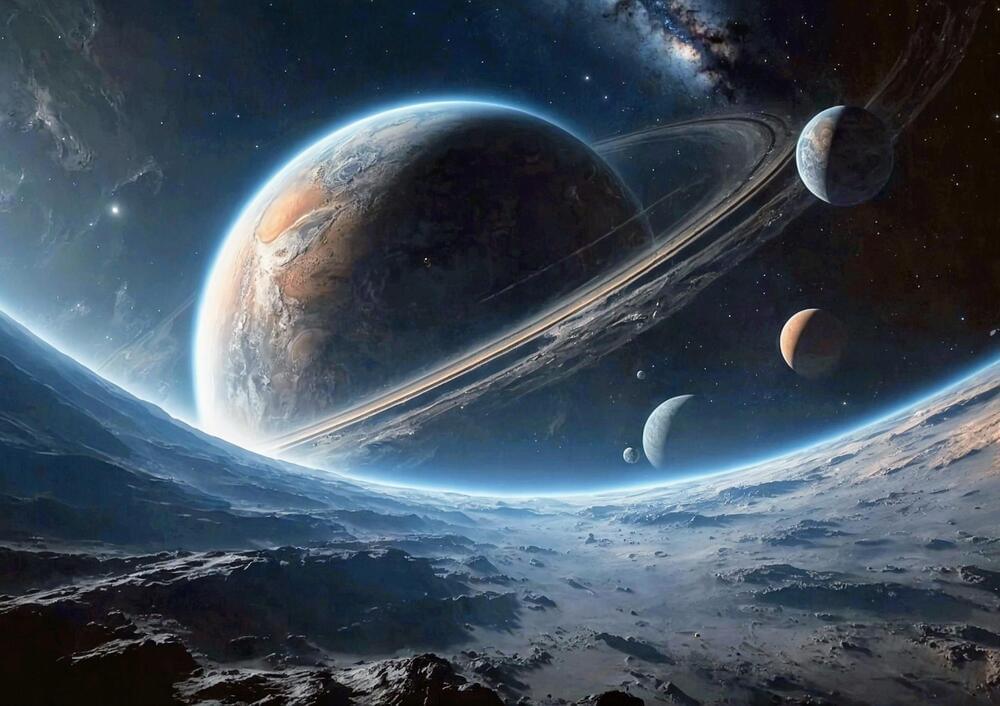
Albert Einstein’s theory of general relativity has revolutionized our understanding of gravity and the universe. However, it leaves some unanswered questions, particularly about singularities and black holes.
Recent studies suggest quantum mechanics could help resolve these mysteries and offer new insights into the fundamental nature of space-time and black holes.
General relativity is a theory developed by Albert Einstein to explain how gravity works.
Black holes are objects of mystery and dread from which nothing can escape… but could they also be the foundations of future civilizations of unimaginable might and size.
Watch my exclusive video Topopolis: The Eternal River: https://nebula.tv/videos/isaacarthur–…
Get Nebula using my link for 40% off an annual subscription: https://go.nebula.tv/isaacarthur.
Join this channel to get access to perks:
/ @isaacarthursfia.
Visit our Website: http://www.isaacarthur.net.
Join Nebula: https://go.nebula.tv/isaacarthur.
Support us on Patreon: / isaacarthur.
Support us on Subscribestar: https://www.subscribestar.com/isaac-a…
Facebook Group: / 1583992725237264
Reddit: / isaacarthur.
Twitter: / isaac_a_arthur on Twitter and RT our future content.
SFIA Discord Server: / discord.
Credits:
Quasar Cannons \& Black Hole Tech.
Episode 434; February 15, 2024
Produced, Written \& Narrated by: Isaac Arthur.
Graphics:
Bryan Versteeg.
Fishy Tree.
Jakub Grygier.
Jeremy Jozwik.
Ken York.
Luca De Rosa.
Sergio Botero.
SpaceResourcesCGI
Music Courtesy of:
NSF NOIRLab rings in the New Year with a glittering galaxyscape captured with the Department of Energy-fabricated Dark Energy Camera, mounted on the U.S. National Science Foundation Víctor M. Blanco 4-meter Telescope at Cerro Tololo Inter-American Observatory in Chile, a Program of NSF NOIRLab. This ultra-deep view of the Antlia Cluster reveals a spectacular array of galaxy types among the hundreds that make up its population.
Galaxy clusters are some of the largest known structures in the known universe. Current models suggest that these massive structures form as clumps of dark matter and the galaxies that form within them are pulled together by gravity to form groups of dozens of galaxies, which in turn merge to form clusters of hundreds, even thousands.
One such group is the Antlia Cluster (Abell S636), located around 130 million light-years from Earth in the direction of the constellation Antlia (the Air Pump).
Scientists at the Large Hadron Collider (CERN), the world’s most powerful elementary particle booster, have discovered the heaviest form of antimatter ever observed. This discovery is as significant as previous achievements at CERN, in particular the discovery of the Higgs boson and studies of B-meson decay.
The ALICE (A Large Ion Collider Experiment) has discovered an antimatter particle, antihyperhelium-4. It is the “evil twin” of another exotic particle, hyperhelium-4. This form of antimatter consists of two antiprotons, an antineutron, and an unstable antilambda particle, which in turn contains quarks.
The discovery is important for studying the extreme conditions that reigned in the Universe less than a second after the Big Bang. It also helps us understand one of the biggest mysteries of physics, the problem of baryonic asymmetry. According to the theory, matter and antimatter should have existed in equal amounts after the Big Bang, and the mutual annihilation of these particles should have produced pure energy. However, the present Universe is composed predominantly of matter, and antimatter is preserved only in small quantities. The study of hyperhelium and its antiparticle may shed light on the causes of this imbalance.
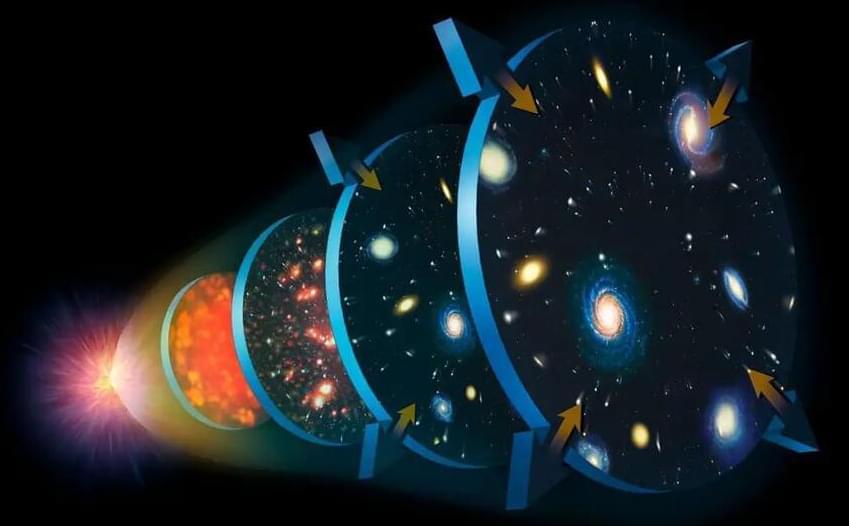
The Hubble Tension: A Crisis in Cosmology
Astronomers using the James Webb Space Telescope (JWST) and Hubble Space Telescope have confirmed a persistent and troubling discrepancy in the universe’s expansion rate, a phenomenon called the Hubble Tension. Published in Astrophysical Journal Letters, this study definitively rules out measurement errors, leaving scientists to question fundamental cosmological principles.
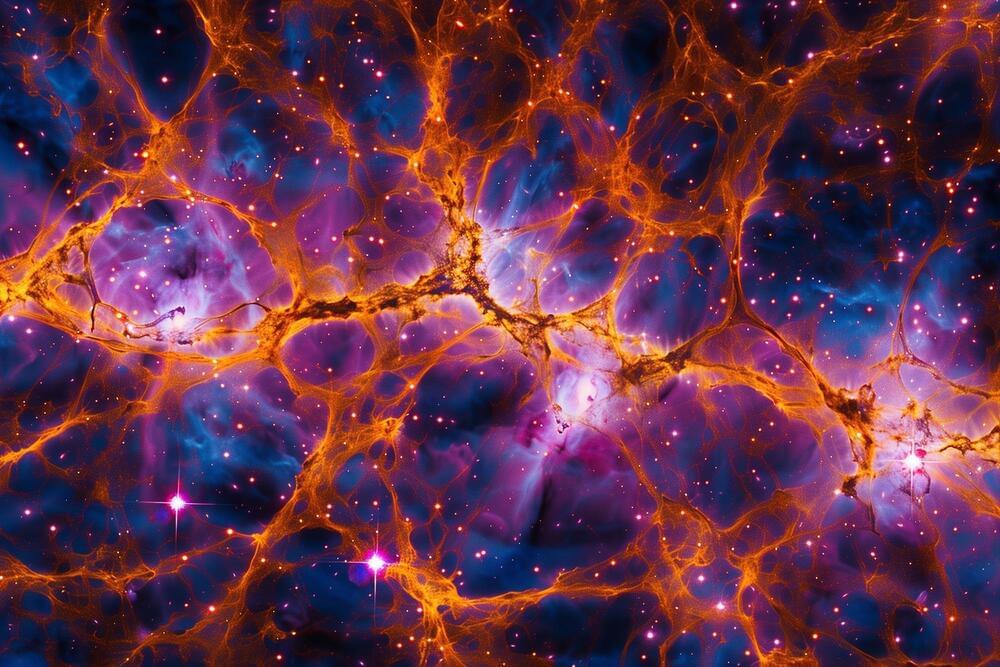
Scientists are challenging the existence of dark energy with a new model called “timescape,” which suggests the Universe’s expansion might be influenced by its uneven structure rather than an invisible force.
This theory could resolve ongoing cosmological debates, with upcoming satellite data playing a key role in confirming its validity.
Questioning Dark Energy’s Existence